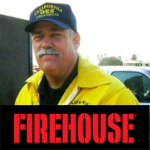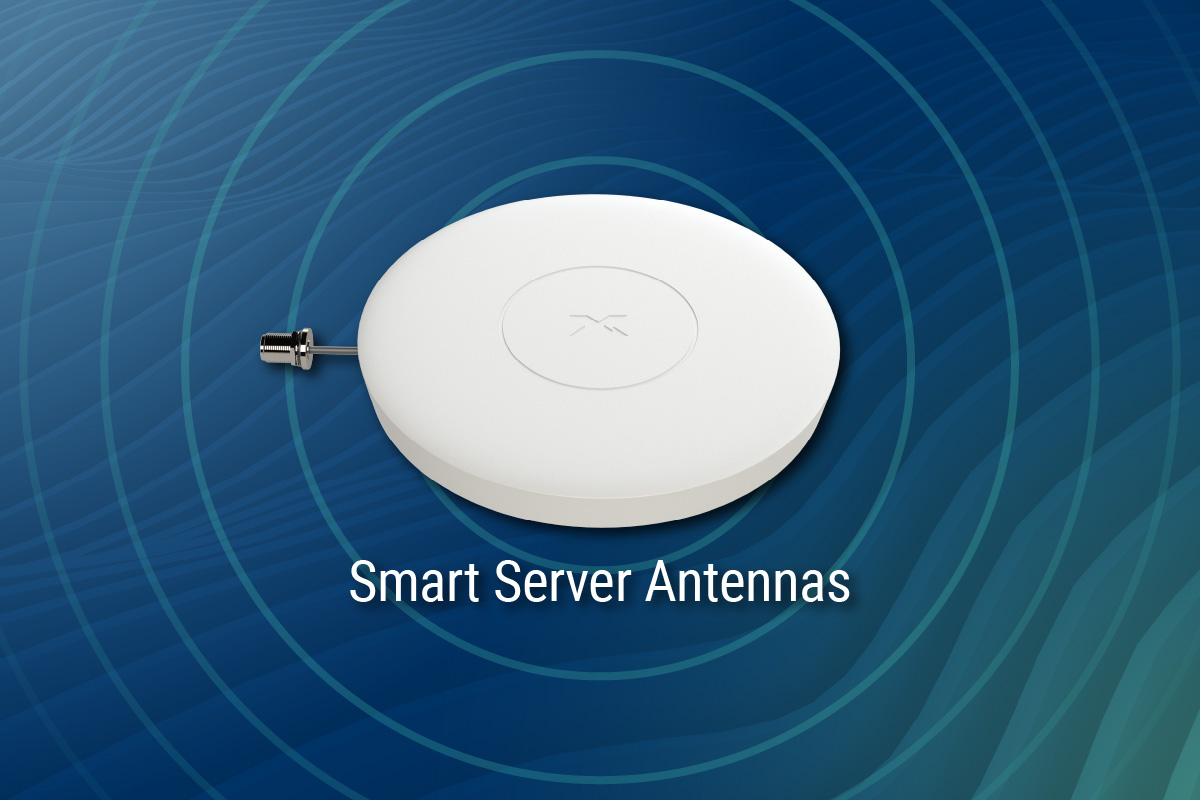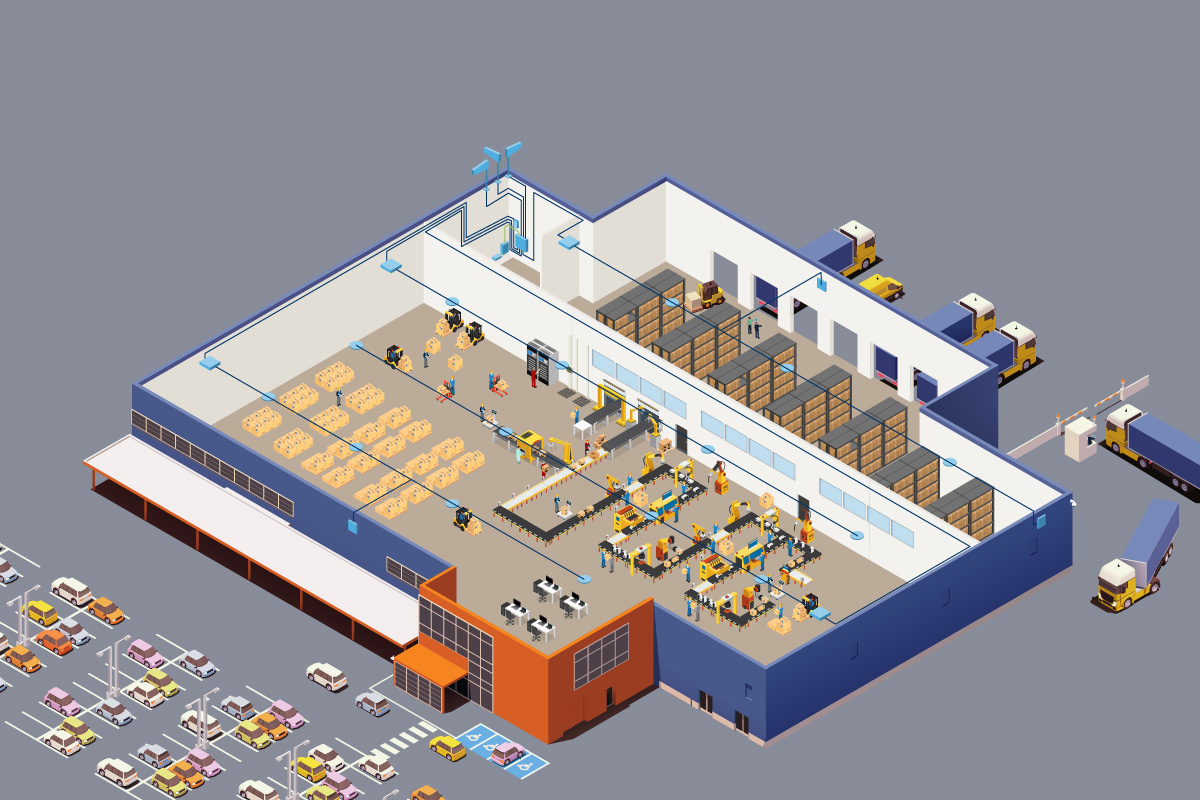Chief Kim Zagaris, wildfire policy and technology adviser for the Western Fire Chiefs Association, tells Firehouse.com why the nationwide communication network is here to stay.
Whether treating a patient with a medical emergency or working to put out a four-alarm residential blaze, clear and reliable communication is essential for firefighters and medics to be able to do their jobs safely and effectively. That’s why a veteran firefighter like Chief Kim Zagaris sees the FirstNet system as such a potentially vital tool for first responders in the field.
“I saw it as a great opportunity and a great time for public safety across this nation,” Zagaris, the wildfire policy and technology adviser for the Western Fire Chiefs Association, told Firehouse.com about his introduction to the first responder-dedicated network around 2018.
Conceived of in 2012, FirstNet is an effort to create a nationwide interoperable broadband network with a public safety focus in a post-9/11 world. It represents a public-private partnership between the First Responder Network Authority—FirstNet Authority for short—and AT&T, which won a 25-year contract to build and operate the system.
In 2017, all 50 states, as well as Washington, D.C., and Puerto Rico, opted into the network. According to Zagaris, FirstNet currently has 1.7 million subscribers, which is a combination of both agencies and individuals signed up for the service.
There’s a fitting symmetry, however, in that this fledgling initiative built around improving communications still needs its own campaign to properly communicate just what FirstNet can do.
For instance, many first responders don’t realize the network is still under construction, Zagaris said. In fact, he’s encountered some individuals who say they’ve subscribed to the service but don’t realize their cellphone or other device isn’t FirstNet-compatible.
“It’s an ongoing education,” said Zagaris, who began learning about FirstNet when he worked as the state fire and rescue chief for the California Governor’s Office of Emergency Services, a position he held for 33 years. “It’s going to take a couple years to get the first responders really knowledgeable in its capability as we continue to build out. …
“I always tell people after 42 years in emergency services as a first responder one of our biggest problem is always communication. Sometimes, it isn’t communication as much as are people following the procedures or policies of how to utilize the program.”
This year has been a stark example of why a national public safety communication system like FirstNet is such an attractive prospect for first responders. Zagaris said EMS workers have really given FirstNet “a workout” during the COVID-19 pandemic, thanks in part to the network’s mobile assets.
FirstNet’s fleet of 76 “deployables”— which include large, land-based vehicles, tethered drones and even a 55-foot blimp—can temporarily boost coverage and capacity, and they have been used at testing sites across the country. A land-based deployable called a Satellite Cell on Light Truck (SatCOLT) bolstered FirstNet’s data and voice capabilities at a COVID-19 testing site in Conyers, GA, allowing around 1,200 tests to be performed daily, according to the Police Executive Research Forum.
Deployables and smaller signal boosters, such as the CEL-FI GO RED, also can expand FirstNet coverage for crews tackling wildfires in Western states, where mountains and remote locations can create more coverage challenges. In fact, Orange County Fire Authority is using aircraft with FirstNet broadband capability to run a program that maps wildfires in real time, a development Zagaris says he didn’t see as a possibility two years ago.
Western States such as California don’t have a monopoly on natural disasters and severe weather that make FirstNet beneficial.
“When we have wildland season in the West, what do we have on the Gulf and the East Coast? Hurricane season. With hurricanes comes tornadoes comes floods comes all those things. It’s an interesting country we live in with all those disasters at the same time.”
Even though FirstNet might be “at the very early stages” of development, Zagaris wants the network to continue at a pace that keeps it ahead of schedule. One of the system’s biggest benefits outside of its practical applications is that it has been designed with first responders in mind. And Zagaris is confident that the focus on public safety focus can act as the FirstNet’s North Star should the project ever lose its way.
“If we’re not speaking out about the issues, shame on us,” he said. “As issues and items come up, we need to address them. And at the end of the day between the FirstNet Authority and AT&T, I think that can be accomplished. … FirstNet is here to stay.”
A version of this article was originally published by Firehouse Magazine




